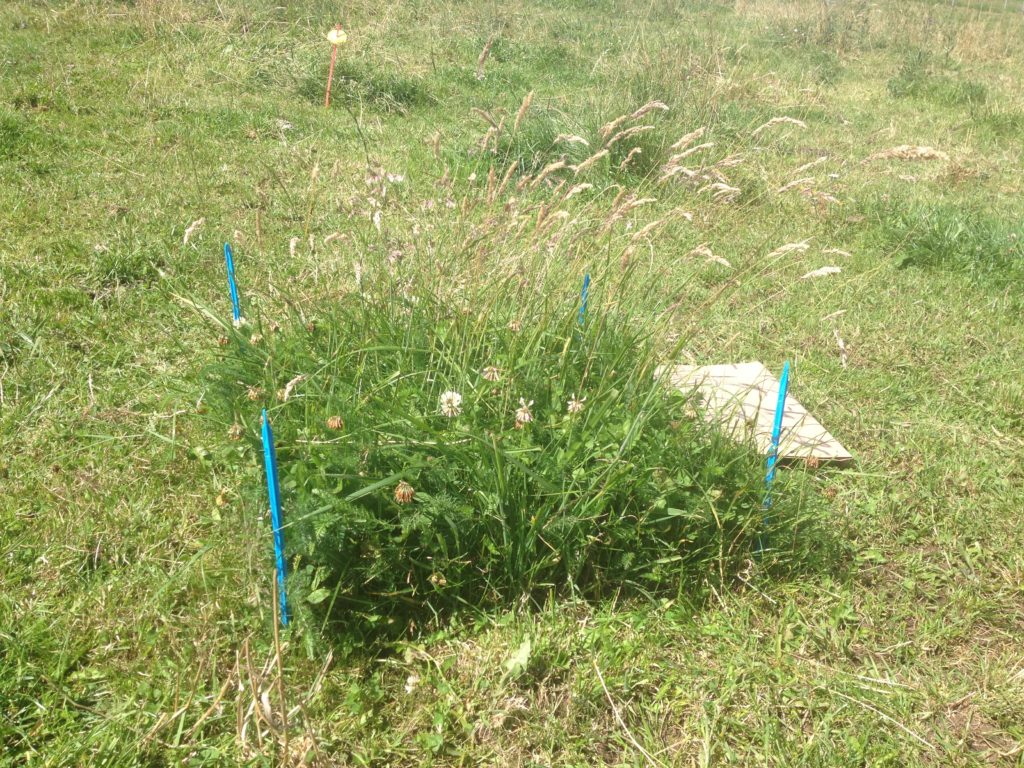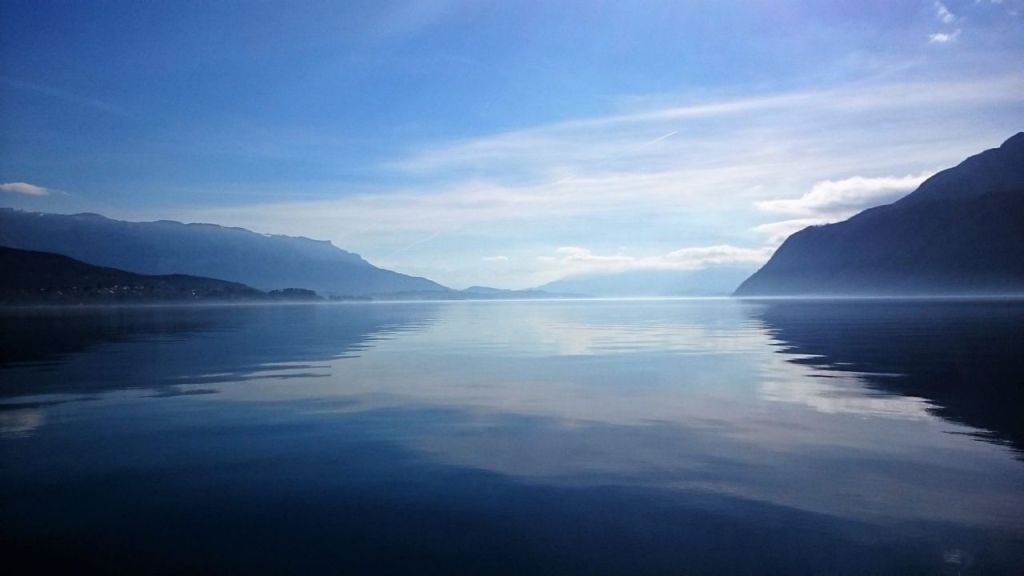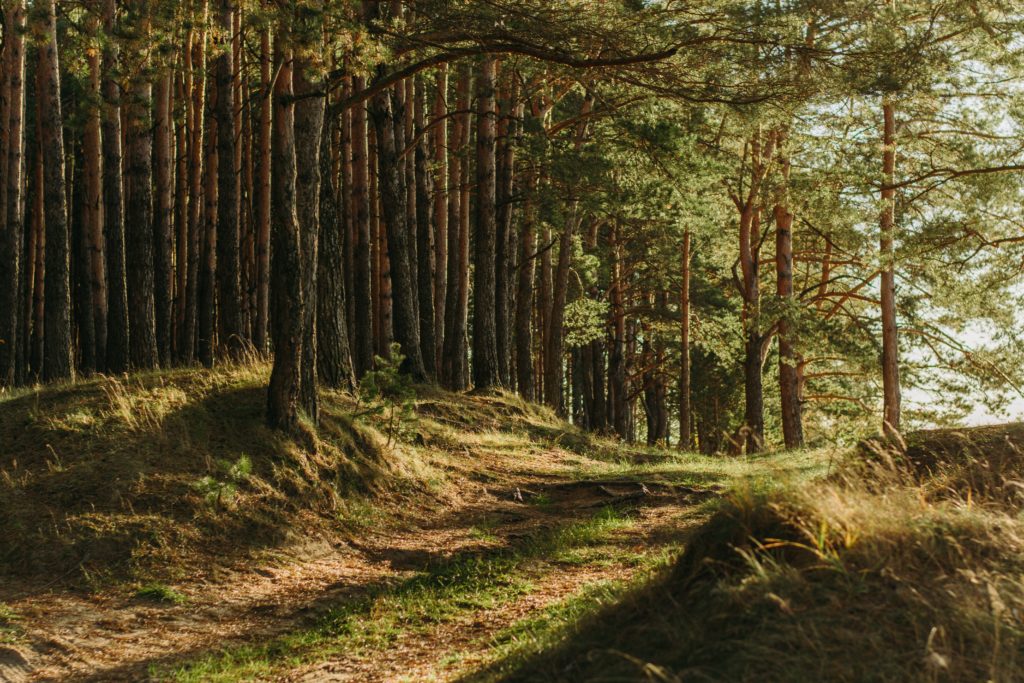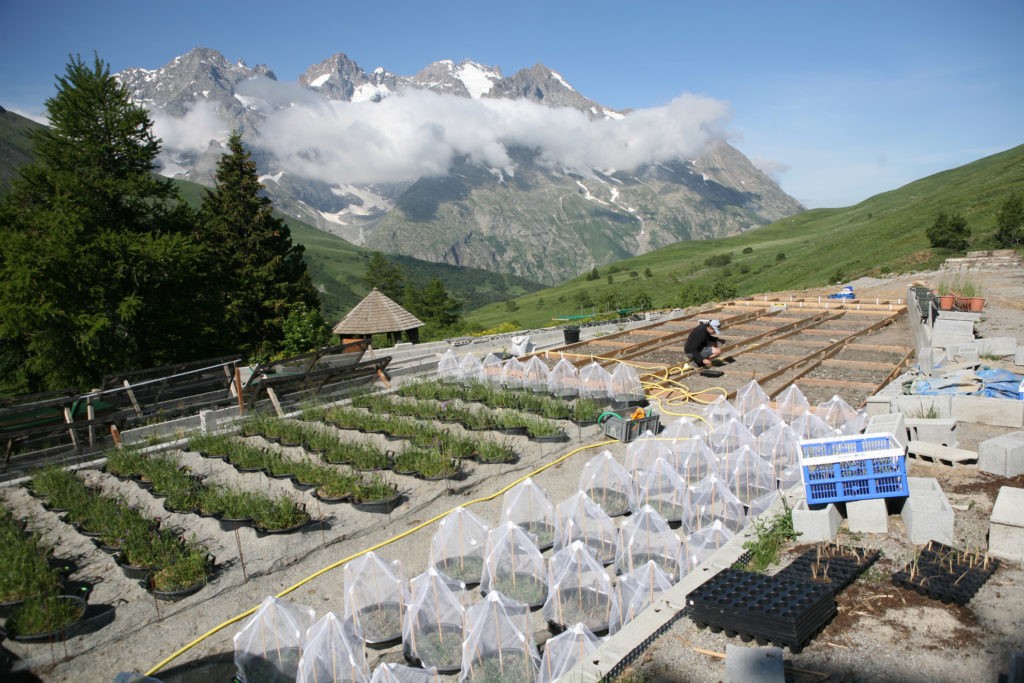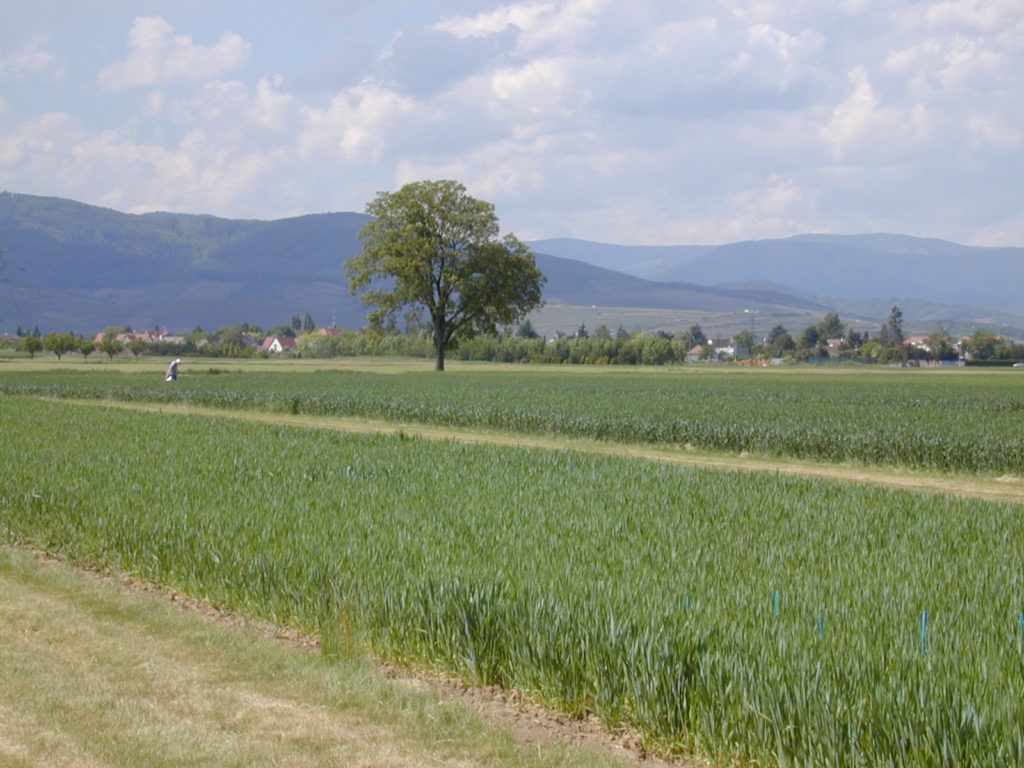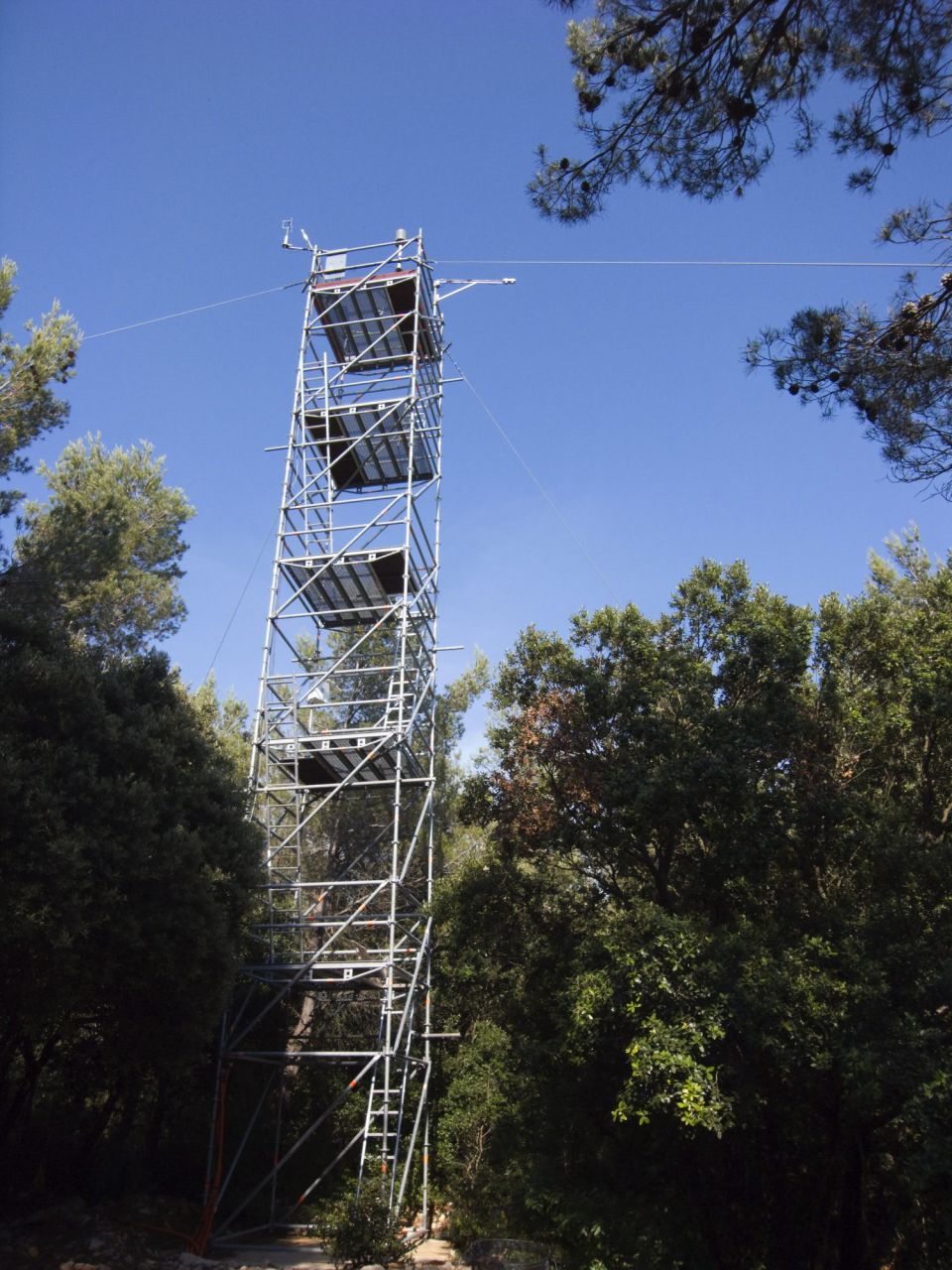
FontBlanche
Introduction
The site is located in the Bouches-du-Rhône, near Aubagne, in a mixed forest co-dominated by Aleppo Pine (Pinus halepensis) and Holm Oak (Quercus ilex), two of the most common species in the Mediterranean region. Created in 2007, it responds to the need to better understand the impact of the environment and particularly drought on the water, energy and material balances of ecosystems in the context of climate change.
The work on this site aims to understand the mechanisms governing tree growth and survival, and to better understand the overall functioning of the forest (water, energy, carbon balance, forest fire risk). This operation is studied under conditions of natural and increased drought thanks to advanced instrumentation and rain exclusion devices. A better understanding of the mechanisms involved allows researchers to develop models that predict tree and ecosystem functioning.
Several devices are installed to meet different research objectives:
- Monitoring the long-term functioning of trees and forests to assess the effect of climate fluctuations and trend changes.
These monitoring operations are carried out thanks to a tower 15 metres above ground level on which micrometeorological sensors and gas analysers are placed to quantify the exchange of water, carbon and energy between the forest and the atmosphere at very high resolution (eddy covariance). Further measurements are made on plants and soil to separate the operation of the various compartments. - Assessment of the effect of chronic changes in water resources on tree and ecosystem functioning.
A gutter system was placed under the canopy in 2008 on a 25 x 25 m plot. It allows to exclude a fraction of the incident rain close to 30% and to evaluate how trees react to a recurrent drought as expected in the coming decades due to climate change. These measures assess how trees will respond to future climate change. - Understanding of the inter-individual variations in the functioning of trees.
By mapping trees and their environment (underground or aerial) using innovative technologies such as tomography of electrical resistivities of the ground or terrestrial Lidar, we are trying to understand the determinants of inter-individual variations in drought responses.
The site is part of the European ICOS network (Integrated Carbon Observation System, dedicated to the precise observation and monitoring, over the long term (more than 20 years), of carbon and water balances. ICOS combines observation sites in ecosystems, the atmosphere and the oceans, which follow the same measurement protocols. Font-Blanche is the only ICOS ecosystem site in the PACA region.
Proposed services
- Access service for in natura long-term experiments;
- Data providing services;
- Sample providing services.
